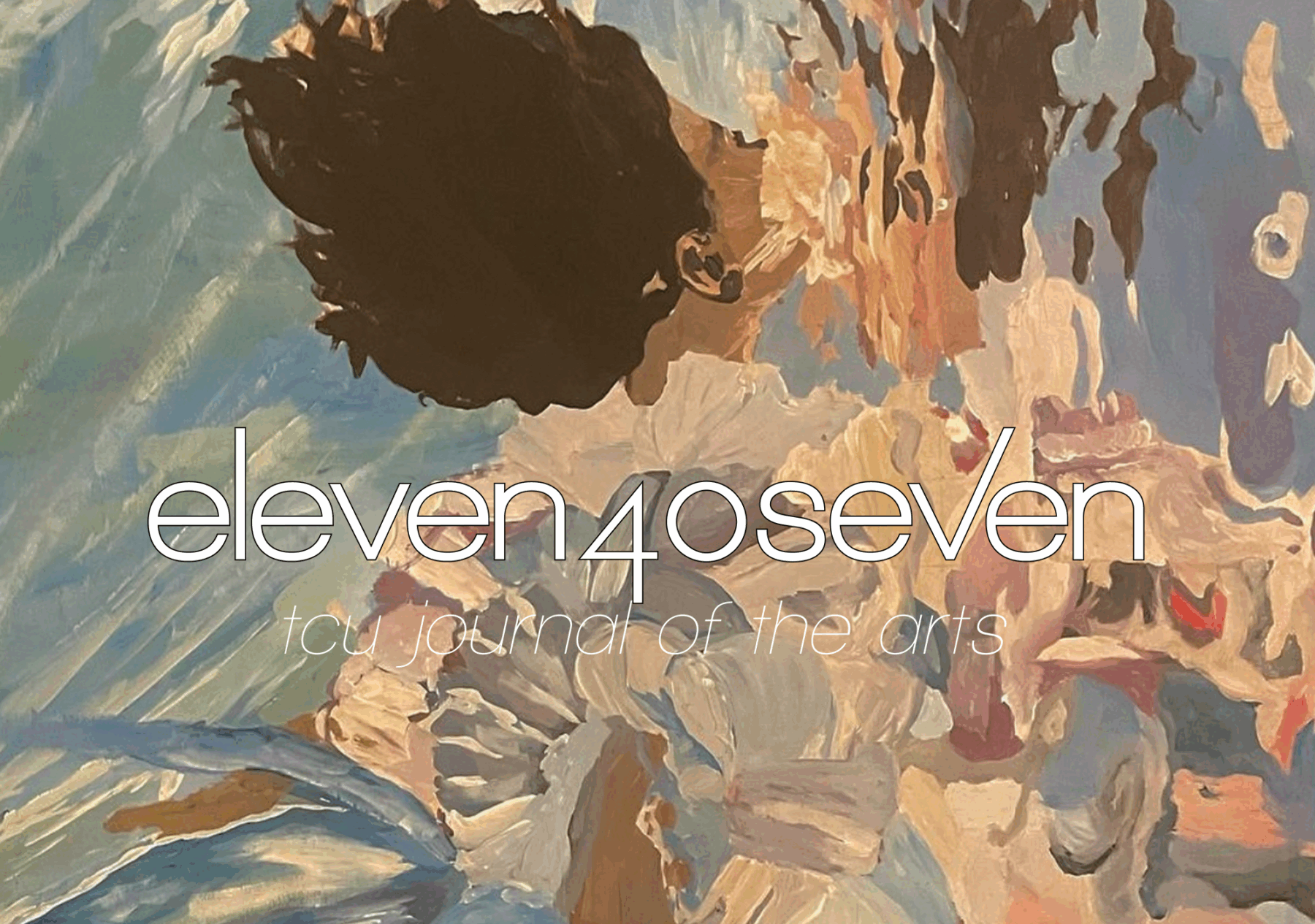By Jake Beales, Alameda, California
No man has ever made me question the word genius as much as Captain Beefheart has. Though, if you were to ask Thelonious Monk what makes a genius, he’d tell you, “A genius is a man most like himself.” By that account, Don Vliet, better known by the name Captain Beefheart, is a genius.
Don Vliet loved Delta and Chicago blues music from an early age, learning to mimic the guttural rasp of Howlin’ Wolf in numbers like “Evil” and “How Many More Years,” jumping octaves between notes like a roadkill mole rat. This is rather strange linearly when you consider Beefheart is from the nothing-ridden deserts of California. Frank Zappa, Beefheart’s classmate and longtime collaborator, recalled that afternoons at the Vliets consisted of Don blasting blues records, sculpting phallic animals, and yelling at his mom for more Pepsi.
After his formative years, if you can call them that, Captain Beefheart recruited a ragtag herd of Mojave vagabonds and started his band, imaginatively named Captain Beefheart & His Magic Band. Their first single was a cover of Bo Diddley’s “Diddy Wah Diddy” in 1966, followed up by their debut LP Safe as Milk in 1967, and another hippie blues album Strictly Personal in 1968. Then in 1969, Captain Beefheart recorded and released what, on paper, should be the worst double album of all time.
Beefheart wrote all twenty-eight songs on the grand piano, an instrument he never played once in his life. His stumbling about onto the keys was then transcribed to bass, guitar, and clarinet, emanating a conundrum of ever-changing tempos, polyrhythms, and stacked scales. Beefheart then dungeoned his band of bumpkins, bludgeoning them to play the compositions. Eight months passed and His Magic Band recorded it all within a six-hour studio session. And for a beat-black, clotted cherry on top, Beefheart drowned out these instrumentals with his beatnik poetry about squids, banana slugs, and sea lampreys (staying consistent with the phallicism). This album is called Trout Mask Replica. The cover consists of Beefheart wearing a top hat with a shuttlecock on top of it and what’s supposed to be a trout mask. Most fishermen would tell you it’s actually a carp.
Contrary to what you might think, Trout Mask Replica is a pretty divisive album. You either find it to be this masterclass in rhythm and this sonic encapsulation of Dada, or you find it to be the most pretentious and downright unlistenable collection of songs ever put on wax. I felt the latter upon first listen. A song would drag on for minutes only for you to look at your phone and read that it’s only been thirty seconds. Now repeat that feeling for eighty actual minutes.
It wasn’t until I had heard some tracks off Safe as Milk and a video performance of the Magic Band on some German public access that I jumped back in. Better yet, I didn’t just jump back in, I became a fanatic. In this video, the band is playing a song called “Click Clack”. Make of it what you will but there’s something enrapturing about concerningly decrepit, thirty-something Americans playing warped Delta blues numbers in fluorescent rodeo wear on European television. The drummer is beating on his kit with vicious silverback swings, sporting underwear on his head and a monocle, the guitarist’s legs are bending to the beat void of any joints like a car lot tubeman, and Beefheart, who sounds and looks like he eats Marlboro Reds, is barking into the mic, “Click clack, click clack!”
Asking jazz sensei Thelonious Monk again what he makes of all this, he’d tell you, “The piano ain’t got no wrong notes.” It took watching this video to realize that Trout Mask Replica isn’t improvisational in the slightest. In fact, the Magic Band plays all these “wrong notes” in perfect sequence every time they play live. The dissonance is intentional. It creates this anxiety-inducing tension and borderline concern for the people playing the music, especially with an unreliable narrator and totalitarian leader like Beefheart at the forefront. It discomforts me in a way that few music can and that’s why I love it.
Diving into the mysterious world of Beefheart opened up a lot for me musically. It made me go back to the blues music that inspired him, it made me relisten to Beefheart-influenced art-punks like the Minutemen and the White Stripes in a whole new light, and going back to this idea of discomforting dissonance, made me find new passions in extreme metal subgenres like death metal and black metal. Mister Don Vliet was an absurdist, as warmly pure as he was an esoteric jazzhead-bluesman-punker. I implore everyone to give him a shot, or a couple shots. Maybe upwards of nine.
Where to Start: Safe as Milk (1967) for some accessible, but still dirty blues numbers, Clear Spot (1972) for the realer deal.
Where to End Up: Trout Mask Replica (1969), Ice Cream for Crow (1982): his final album and a great amalgamation of all of his musical eras, his paintings.
Favorite Songs: “Steal Softly Thru Snow”, “Click Clack”, “Her Eyes Are a Blue Million Miles”, “Big Eyed Beans from Venus”, “Same Old Blues”.
Other Stuff You Might Like: Apostrophe (1974) by Frank Zappa, The Punch Line (1981) by Minutemen, Q: Are We Not Men? A: We Are Devo! (1978) by DEVO, some krautrock, maybe some math rock.
